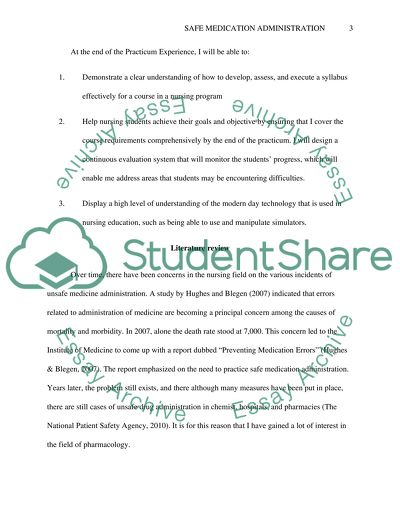Cite this document
(“Safe Medication Administration Essay Example | Topics and Well Written Essays - 2500 words”, n.d.)
Retrieved from https://studentshare.org/nursing/1477577-safe-medication-administration
Retrieved from https://studentshare.org/nursing/1477577-safe-medication-administration
(Safe Medication Administration Essay Example | Topics and Well Written Essays - 2500 Words)
https://studentshare.org/nursing/1477577-safe-medication-administration.
https://studentshare.org/nursing/1477577-safe-medication-administration.
“Safe Medication Administration Essay Example | Topics and Well Written Essays - 2500 Words”, n.d. https://studentshare.org/nursing/1477577-safe-medication-administration.


